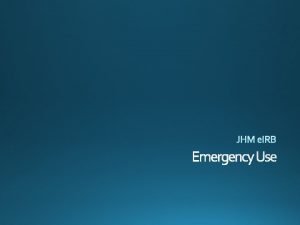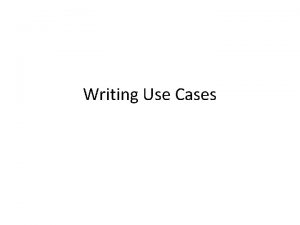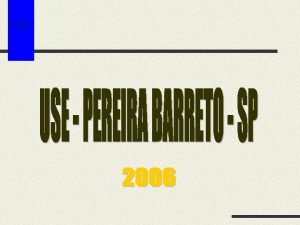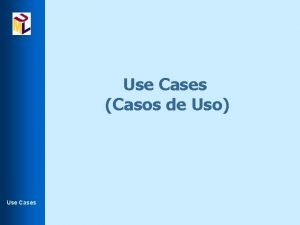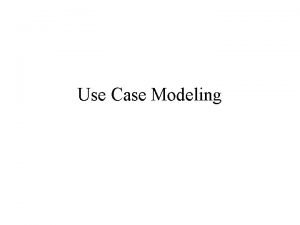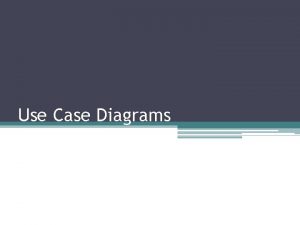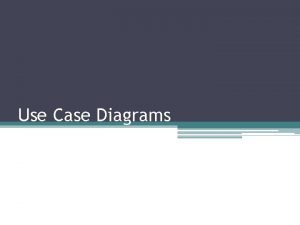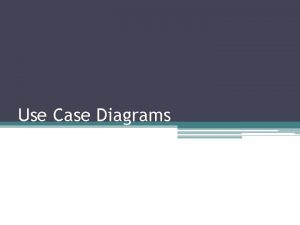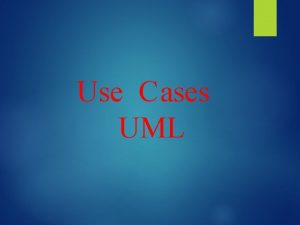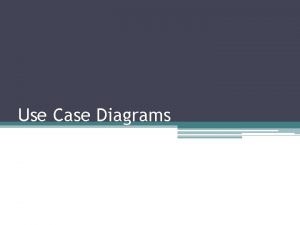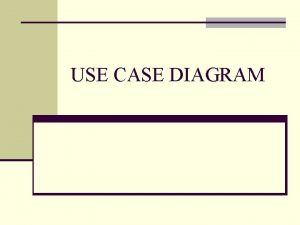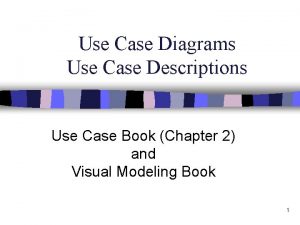How to use C E R C for

















- Slides: 17

How to use C. E. R. C. for experiments & Labs Claim, Evidence, & Reasoning, Conclusion

Claim, Evidence, Reasoning, Conclusion • Claim, Evidence, and Reasoning or C. E. R. C. is a strategy that we will be using when we perform experiments and labs.

C. E. R. C. CLAIM: A statement about the solution to a problem. EVIDENCE: Scientific data that supports the claim. REASONING: Justification (which means you have to back it up) that shows why the data counts as evidence which supports the claim. CONCLUSION: A brief summary of what was learned from the experiment / lab.

What? Still Confused?

Consider This! Your teacher asked the following key question for a class experiment / lab: Would a new food color result from mixing yellow and blue food coloring? You and your partner performed the experiment / lab, where you mixed yellow and blue food coloring -the result, was green.

Your C. E. R. C. may look something like this: Key Question: Would a new food color result from mixing yellow and blue food coloring together? Hypothesis: If I mix the food colors of BLUE and YELLOW together then a new color will result. C: : Mixing food coloring together will create a new food color. When yellow and blue are mixed together they make the color green. The claim answers the question and makes a statement from the hypothesis.

Evidence E: 10 ml of yellow food coloring was measured and mixed with 10 ml of blue food coloring which resulted (you ended up with) 20 ml of green food coloring. Three identical tests were done and they all resulted in green.

Results R: Observations were used to see that when yellow and blue were mixed together they made green. The fact that the experiment was done 3 times means that it is reproducible and accurate.

Conclusion C: Two different food colors when mixed together do make a new food color.

Still Confused?

How do you make slime? Hypothesis: IF I mix water, glue, and mystery powder (borax) together, THEN I will make a new substance (slime). Claim C: Combining glue, water, and mystery powder caused a chemical reaction which resulted in a new substance called slime.

Evidence E: I observed that a new substance was made because the substance that was created had very different properties from the original substances. Some of the new properties were: color change, texture change, cannot be separated, and it bounced.

Reasoning: R: I know that it made a new substance because I did the experiment. I believe it is a chemical change because it cannot be reversed. I observed all the changes myself and because other classmates did the same experiment with the same results it can be considered reliable and reproducible.

Conclusion: C: A new substance (a chemical reaction) is created when glue, water and Borax are combined.

What is the question/problem you want to answer? What is the source for the evidence you will use to support your explanation? (name of lab, activity, text, movie…. List those here) Claim – What do you think answers the question/problem? Evidence that supports your claim (list it, be specific, use data when available) Reasoning: I think (insert your claim here) answers the question because (links evidence to the claim). Conclusion: A brief summary of what was learned from the experiment / lab

Let’s look at this simple flow chart What is the Claim? What is the Question I want to ask? What evidence did I would I accept to actually get? support the claim ( how should I set up an experiment to test the claim)?

THE END
 Nyckelkompetenser för livslångt lärande
Nyckelkompetenser för livslångt lärande Atmosfr
Atmosfr Vanlig celldelning
Vanlig celldelning Lågenergihus nyproduktion
Lågenergihus nyproduktion Tidbok yrkesförare
Tidbok yrkesförare Myndigheten för delaktighet
Myndigheten för delaktighet Presentera för publik crossboss
Presentera för publik crossboss Rådet för byggkompetens
Rådet för byggkompetens Formuö
Formuö Var 1721 för stormaktssverige
Var 1721 för stormaktssverige Tack för att ni har lyssnat
Tack för att ni har lyssnat Tack för att ni lyssnade bild
Tack för att ni lyssnade bild Referat mall
Referat mall Epiteltyper
Epiteltyper Shingelfrisyren
Shingelfrisyren Karttecken färger
Karttecken färger Kraft per area
Kraft per area Multiplikation med decimaltal uppgifter
Multiplikation med decimaltal uppgifter


















